🥙 The Impact of Food - Serving up Stats

Morning all,
This week started with calls for Elon Musk to donate 2% of his wealth to save 42 million people "on the brink of famine".
The World Food Programme (WFP) cited climate change and conflict as two of the reasons contributing to such grave hunger around the world.
Given the COP26 summit also got underway this week, it got us thinking - about food. Look at this as an introduction to topics such as the impact of meat on the environment, food and conflict, and food waste.
As always, this piece is about serving a platter of different perspectives, without telling you which to pick.
Until Monday,
Your Fixers
SERVING UP STATS
While the WFP specifically mentioned 42 million people who are at risk of famine, it's believed more than 800 million around the world are currently going hungry.
Speaking to the unequal distribution of food, at the same time the world is actually producing one-and-a-half-times the required amount.
A statistic often quoted in this vain is that a similar number of people around the world - 650 million - are obese. Of course, it's not that simple - with conflict, the environment, and economic collapses all playing a vital role in food supply.
LET'S GET TO THE MEAT OF IT
The world produces three times more meat today than it did fifty years ago.
How much? Well, roughly 80 billion animals are being slaughtered for meat every year.
While many are motivated to give up meat to protect animals, let’s focus on the environmental impact of food for now.
In terms of global trends, eating meat is the norm almost everywhere. Japan has the highest proportion of meat eaters - with an estimated 96% of its population eating meat. At the other end of the spectrum is India, where more than half of its population follow a vegetarian diet.
The biggest producer of beef and veal is the US at over 12 million tons per year, followed by Brazil, the EU and China. Interestingly, the fifth highest beef producer is India - producing almost four million tons of meat - despite half of its 1.3 billion people following a meat-free diet.
The US also produces the most poultry (more than 20 million tons) with China next at 14.9 million, followed by Brazil and the EU.
As you can see below in the chart we’ve created, beef has a significantly higher impact on the environment than poultry and salmon - which emit up to 88% less carbon per serving.
BACK TO BEEF
As you saw above, 330g of carbon are emitted through the process of serving a single fillet of beef. To put that into context, that’s like driving a car three miles - roughly the distance of Buckingham Palace to Tower Bridge in London.
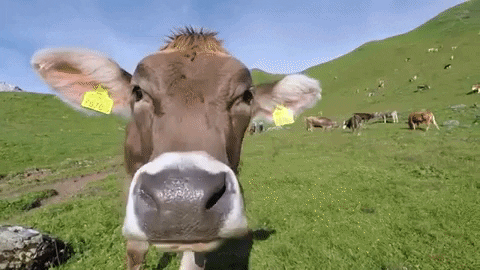
In fact, if cows were a country they'd be the third largest greenhouse gas emitter - after China and the US.
In terms of the levels of water required - it's three times more for a kilogram of beef than it is for the same amount of chicken. Basically, a cow needs a lot more food than a chicken, thus requiring more water to produce that food. How much? 15,415 litres.
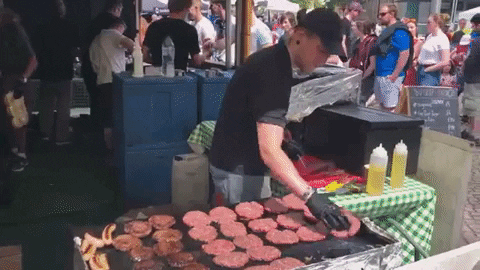
According to VICE, a staggering 80% of the water used across the US is for the agricultural industry.
As you'll see below, the beef in one burger takes around 2,500 litres of water to be produced.
DO MANY PEOPLE AVOID EATING MEAT?
Well, many more than a decade ago. This trend is predominantly driven by millennials. There are three main approaches to avoiding meat: plant-based, vegetarian and vegan diets.
Plant-based diets - contrary to popular belief - do include small amounts of meat, but focus mainly on eating plant foods. In Ireland, in 2018 it was estimated 4.1% of the population - nearly 150,000 people - followed a plant-based diet.
Vegetarian diets usually mean excluding meat, poultry, fish and seafood. There are variations that may include or exclude eggs, dairy or fish. In the US in 2018, it was estimated 5% of adults consider themselves vegetarian.
Vegan diets are the most restrictive, and exclude all meat and animal products. In the UK, in 2019 there were estimated to be 600,000 vegans - 0.9% of the population.
What does this mean for the Vegan industry? Sales are soaring. According to Statista, in 2019 plant-based meat worldwide was valued at around $11.1 billion and is expected to reach over 25 billion by 2027.
MAKING A DIFFERENCE?

So, do you have to become a vegan to have a positive impact on the environment? Not necessarily. While it will have the greatest impact, there are also other measures that can be made.
For example, if you choose to have chicken rather than a steak, roughly a third of the water would be required, and about a sixth of the carbon emitted.
Experts say skipping one serving of beef each week for a year saves the equivalent emissions of driving 348 miles in a car. That's a similar distance to Warsaw to Vienna!
“Eliminating 90% of your meat intake is more important than eliminating all of your meat. We don’t all have to be vegan, we don’t all even have to be vegetarian. If we can just reduce our meat intake, every little bit helps, and if you can bring it down a lot you can help the climate a lot.” - Maya Almarez, Postdoctoral researcher, UC Davis
THE COST OF CHOICE?
While there is plenty of evidence to show the toll eating meat has on the environment, we were also fascinated exploring the reality of having access to some of the most popular 'super foods'.
Many of the people producing the food we all rely on are themselves vulnerable to food insecurity. Despite small farmers, herders, and fishermen producing about 70% of the global food supply, they can be especially vulnerable to food insecurity.
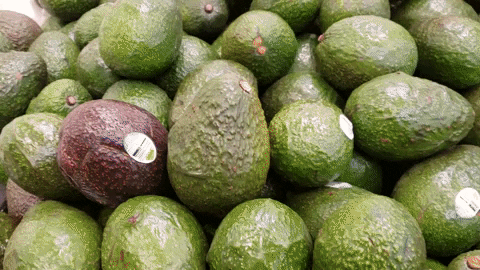
Let’s take avocados as an example, where sales worldwide increased 184% between 2014 and 2019. The EU imports 500,000 tons each year, putting pressure on farmers in the native countries of this fruit to meet the high demand.
In Chile, big companies and farmers take a lot of water from a very limited supply that is meant to go to multiple people from one tank. If it’s being used up by a farmer watering avocados, case studies show others often have to resort to drinking water from potentially unclean sources.

Another example is quinoa - labelled a ‘super-food’ by the West - which has been a staple source of nutrition in the Andean region in South America for centuries.
The increase in demand and exports in Bolivia and Peru, for example, has reportedly priced people out of eating their own staple food. According to one doctor, this has even contributed to nutritional deficiency in local children.
Below is an eye-opening 2016 report about this from Channel 4 News.
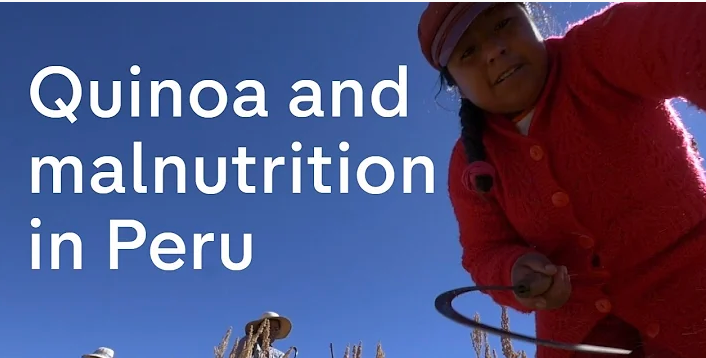
FOOD AND CONFLICT
Conflict is a major driver of hunger. According to the UN, around 122 million of the 144 million stunted children live in countries affected by conflict.
In South Sudan, "chronic sporadic violence" and the economic impact of Covid-19 could lead more than seven million people “into acute food insecurity”.
In Yemen, which the UN stated is going through the “worst human-made disaster in the modern history of the world,” an “unequivocal link between conflict and hunger” has emerged.
Meanwhile in Afghanistan, more than half of its population faces "acute hunger," where food security has "all but collapsed" since the return to Taliban power in August.
Conflict can also impact food prices.
In Taiwan, political disputes with China - who do not recognise Taiwan’s claim of independence - has led to a “pineapple war". Taiwan’s consumer market for pineapples relies almost exclusively on China - and their recent ban on pineapple imports could lead to a huge fall in prices.
Below is a pretty fascinating watch.
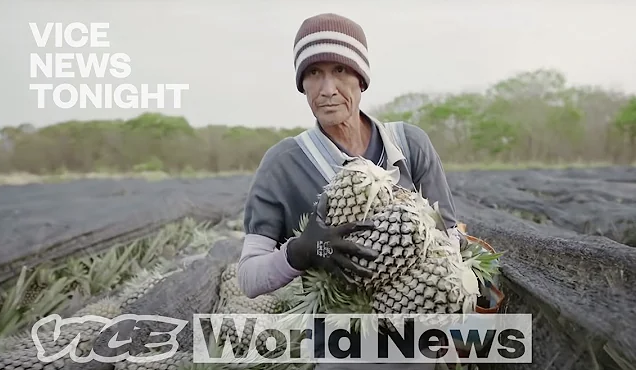
FOOD WASTE

Every year, enough food for three billion people - 1.3 billion tonnes - is wasted or lost. In fact, 25% of the world's freshwater supply is used to grow food that is never eaten.
Moreover, half of all produce in America gets thrown away because it's considered too ugly to eat. Pretty astonishing, right?
“30% of the food we produce is wasted – about 1.8 billion tonnes of it a year. If, as a planet, we stopped wasting food altogether, we’d eliminate 8% of our total emissions." - Kelly Oakes from the BBC
We hope this piece serves as a conversation starter and a motivation to explore these topics further.
Thank you for reading, and we'll be back on Monday!
Your Fixers
⏳
